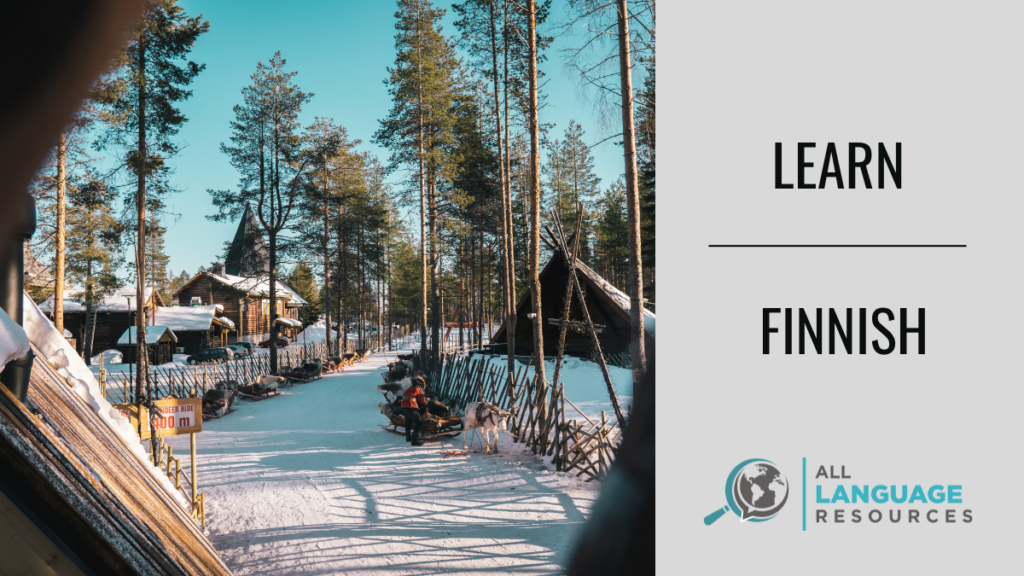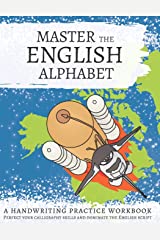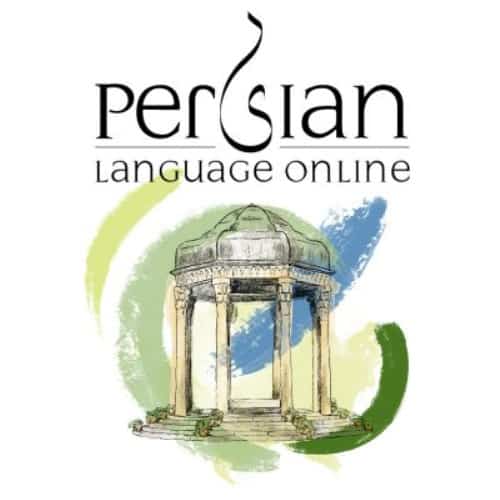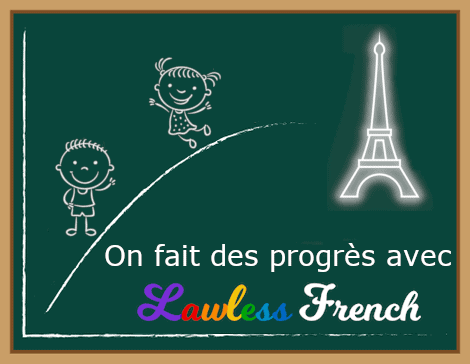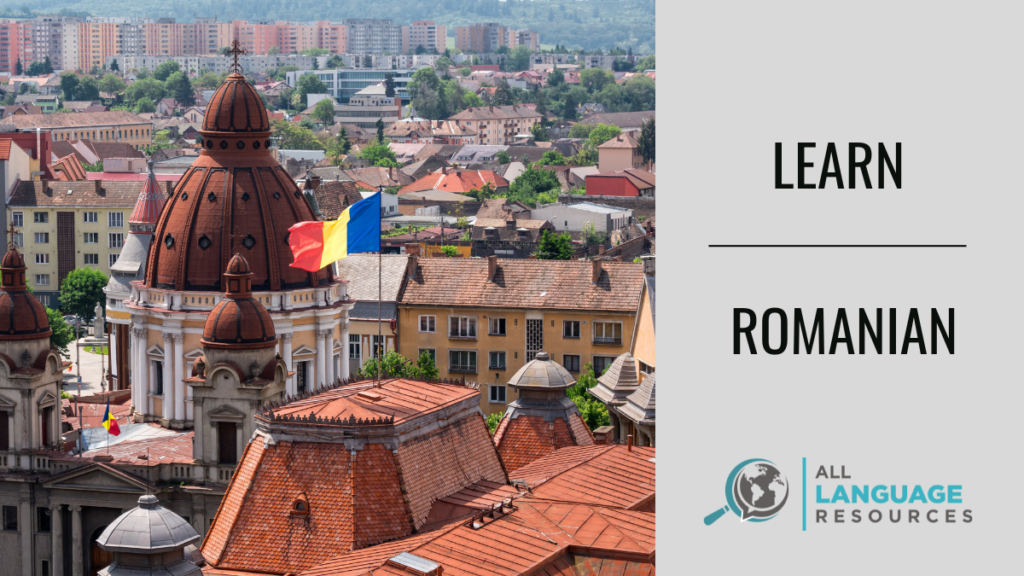Learn Finnish Language For English Speakers – A Comprehensive Guide
Born somewhere between the snow forests of the Ural Mountains and the bend of the mighty Volga, the Finnish language has thrived against great odds.
…Learn Finnish Language For English Speakers – A Comprehensive GuideRead More »
Learn Finnish Language For English Speakers – A Comprehensive Guide Read More »

